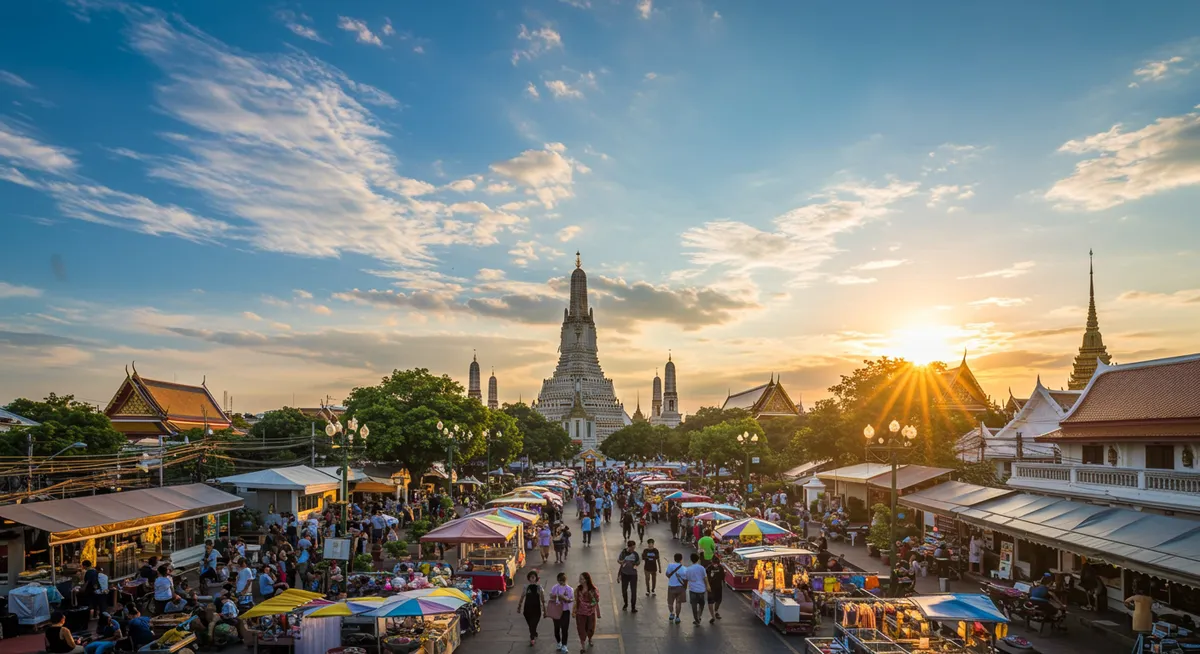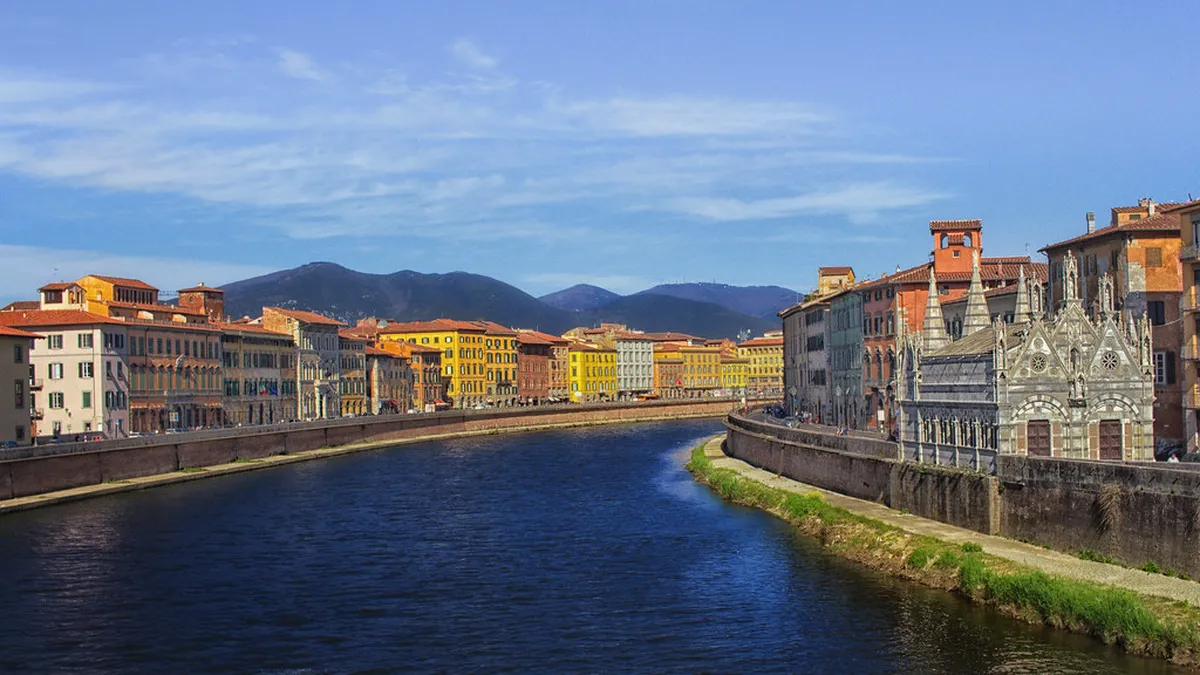Understanding Bangkok's Climate: Your Weather Guide
Having personally navigated the bustling streets of Bangkok through all its seasons, I've gathered insights into its distinct weather patterns. Understanding the climate is key to planning a comfortable and enjoyable trip to this vibrant city. This guide will help you pinpoint the best time to visit Bangkok weather-wise, ensuring your Thai adventure is nothing short of spectacular. Enhance your Bangkok experience with our Bangkok itinerary. Enhance your Bangkok experience with our Bangkok itinerary.
Cool and Dry Season: November to February
Plan this trip faster with our free online itinerary maker. Get a personalized day-by-day plan in minutes.
The period from November to February is widely considered the best time to visit Bangkok weather, offering a delightful escape from extreme heat and humidity. Average temperatures hover around a pleasant 26-28°C (79-82°F), with significantly lower humidity and minimal rainfall. This cool, dry season is ideal for exploring outdoor attractions like the Grand Palace or cruising the Chao Phraya River. My personal tip? Early mornings during this period are truly magical for temple visits, allowing you to beat both the crowds and the increasing daytime warmth. It’s also when many vibrant festivals occur, adding to the city's lively atmosphere. Plan your Bangkok itinerary around these perfect conditions. Enhance your Bangkok experience with our Bangkok itinerary.
Hot Season: March to May
From March to May, Bangkok enters its hot season, with temperatures often soaring above 35°C (95°F) and high humidity. While it might not be the absolute best time to visit Bangkok weather for everyone, savvy travelers can still enjoy the city by planning activities during cooler parts of the day or focusing on indoor attractions. Shopping malls, museums, and air-conditioned cafes offer respite from the heat. This season culminates in the Songkran festival in mid-April, the traditional Thai New Year, which is celebrated with lively water fights – a fun way to cool down! Staying hydrated and dressing in light, breathable fabrics are essential for comfortable exploration. Enhance your Bangkok experience with our Bangkok itinerary.
Rainy Season: June to October
The rainy season, or monsoon season, stretches from June to October. While daily downpours are common, they are often short, intense bursts, typically in the late afternoon. This doesn't mean it's not a good time to visit; often, after a downpour, the city feels refreshed, and the air is clearer. Plus, fewer tourists mean better deals on accommodations and attractions. My experience shows that while it can be wet, the rain rarely hinders exploration for long. It’s still a fantastic time to discover the best things to do in Bangkok, especially if you embrace the city's lush, rain-fed greenery.
Navigating Bangkok's Weather Like a Pro
🌟 Local Expert Tip: Get the most out of your Bangkok visit with guided tours!
Regardless of the season, understanding Bangkok’s tropical climate allows for better planning. Always carry an umbrella or light rain jacket, especially during the hot and rainy seasons, as sudden showers can occur. Sunscreen, hats, and sunglasses are year-round necessities. For getting around, using public transport like the BTS Skytrain or MRT subway is highly recommended, as they offer air-conditioned relief from the heat and can help you avoid traffic during downpours. You can learn more about how to get around Bangkok effectively to maximize your comfort and travel efficiency, no matter the specific Bangkok weather conditions you encounter.
Frequently Asked Questions
What is the best month to visit Bangkok for good weather?
Is Bangkok always hot?
What should I pack for Bangkok weather?
Choosing the best time to visit Bangkok weather-wise truly enhances your travel experience, allowing you to enjoy this dynamic city comfortably. While the cool and dry season from November to February is often ideal, each season offers unique charms and advantages. By understanding Bangkok's distinct climate patterns, you can pack appropriately and plan your daily activities to make the most of your adventure. Ready to explore? Start planning your perfect trip to Bangkok and discover its wonders, come rain or shine!



